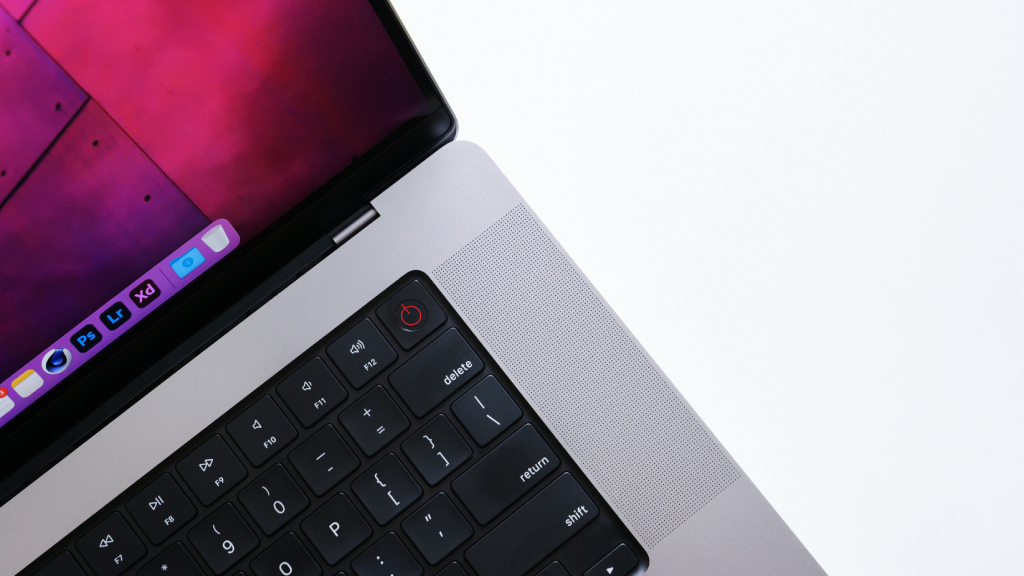Physical Address
304 North Cardinal St.
Dorchester Center, MA 02124
The dead, black screen. The keyboard did not respond. These are the warning indications that each Mac owner fears their Mac won’t turn on.
It’s not too late if your Mac does not turn on. I will help you troubleshoot your Mac with three different plans and get it back up and running with this all-inclusive tutorial.
Before attempting more complicated fixes, perform some basic checks if your Mac does not turn on. To verify whether your Mac does not turn on at all, follow these steps:
Make sure the Mac is connected to the power source correctly. If there is another power adaptor accessible, consider using it if you’re using a laptop.
If your plugged-in Mac laptop is unresponsive, there may be a problem with the battery. Before trying to turn it on, try plugging it in for a time to let it charge.
If any injury is the source of the issue, a brief physical examination might identify it. Seek out any apparent indications of harm, such leaks or damaged parts.

If still your Mac does not turn on, let us try a few well-established troubleshooting methods:
A hard reset, also referred to as a power cycle, involves forcing your Mac to restart. Sometimes a power cycle will solve an issue with your Mac that prevents it from turning on by removing any mistakes that have occurred in the power management settings.
By turning off the system’s power entirely and restarting it, a power cycle can resolve these issues. This enables the power management system to boot up clean, free of any glitches from earlier runs.
To power cycle a Mac, follow these steps:
In Mac computers, the System Management Controller (SMC) subsystem regulates a number of power management-related operations, including as heat management, battery management, response to the power button clicking, and more.
You can’t switch on your Mac if the SMC recognizes an error or conflict. To resolve power-related problems, such as a Mac doesn’t turn on, reset the SMC to its factory default settings. This removes any errors or conflicts.
To reset the SMC on your Mac, take the following actions:
Your Mac employs two tiny memory modules called NVRAM (Non-Volatile Random-Access Memory) and PRAM (Parameter RAM) to store certain settings in a location that macOS can access fast. In the case that there is a problem with these configurations, your Mac could not boot up correctly.
Resetting the PRAM or NVRAM resets these configurations to their original defaults, which may enable your Mac to restart correctly.
Here’s how to restart your Mac’s PRAM or NVRAM:
When you boot your Mac in safe mode, it starts with the fewest possible system services, applications, and extensions. To diagnose and identify problems with software or drivers, try starting your Mac in Safe Mode if it won’t power on.
Use these instructions to get your Mac to boot in safe mode:
An application called Apple Diagnostics looks for hardware problems with your Mac. Using Apple Diagnostics can assist in determining whether hardware issues could be the root of your Mac’s inability to power on.
Here’s how to use Apple Diagnostics to check for hardware problems on your Mac:
There are instances when software rather than hardware is the problem. In the event that your Mac won’t switch on, use these procedures to identify software problems:
One component of your Mac’s internal recovery mechanism is macOS Recovery. A built-in macOS program called Disk Utility helps diagnose and fix hard disk problems. These might include issues that prevent your Mac from starting up correctly, such as lost clusters, corrupted files, or faulty sectors. To fix some software problems, you can boot up by using macOS Recovery Mode and Disk Utility.
When everything else fails, reinstalling macOS may be helpful, your files are not deleted. In the event that your Mac won’t switch on, go into macOS Recovery, select Reinstall macOS from the macOS Utilities window, click Proceed, and adhere to the prompts on the screen.